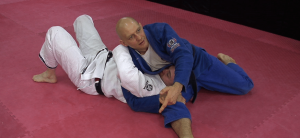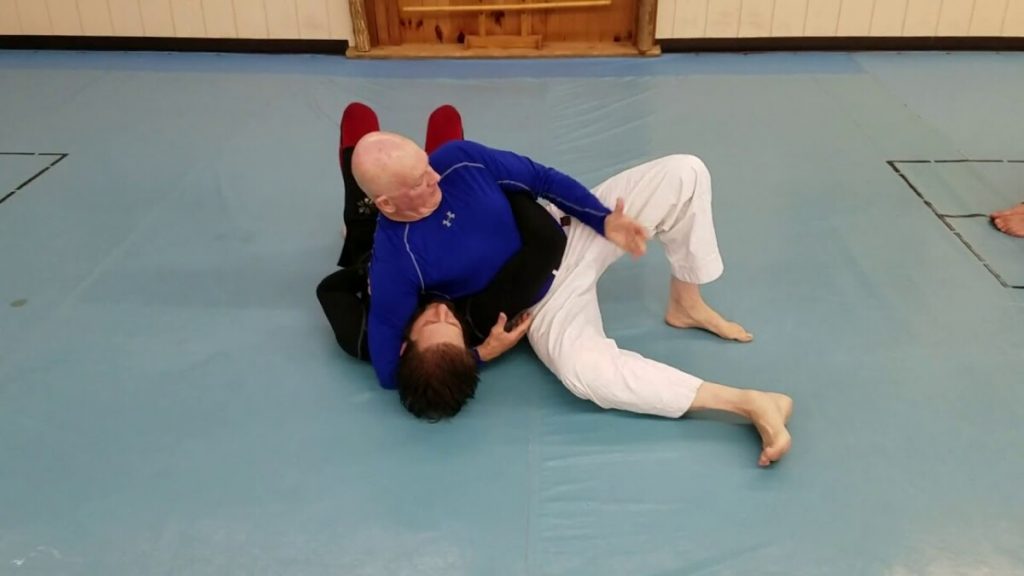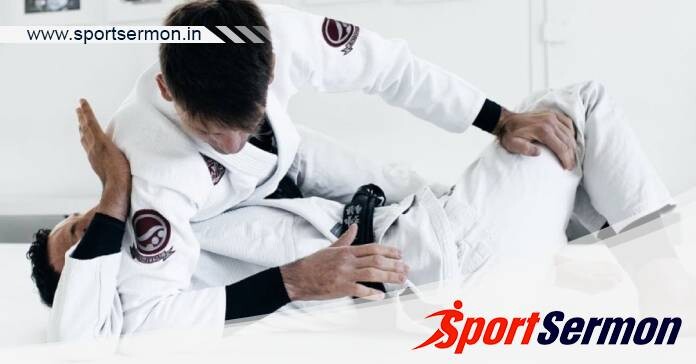Kesa Gatame Pin: One of the most essential elements of any grappling martial art, including Brazilian Jiu-Jitsu, is positional dominance. Whichever technique or strategy you choose, you need to utilise your body to control the movements and escapes of your opponent. Today, we’ll discuss the kesa gatame, or scarfhold pin, which is a potent yet underappreciated technique.
Describe Kesa Gatame
Usually regarded as a form of side control, the pinning manoeuvre known as kesa gatame. Using this manoeuvre, you may trap your opponent’s upper body by controlling one arm while keeping your legs well apart. Your torso is where you lay flat on your opponent’s stomach or chest.
Kesa gatame pins come in a variety of styles. The normal kesa gatame, in which you wrap your arm over your opponent’s head, and the kuzure kesa gatame, in which you underhook the far side rather than the head, are two of the most popular ones.
You might also be interested in reading this: What Does the BJJ X-Guard Mean? Everything You Need To Know
Advantages Of Using Kesa Gatame

The ability to pin is the main benefit of the kesa gatame pin. It’s quite difficult to escape a tight hold, which is why smaller grapplers sometimes use it to subdue bigger opponents. It’s also an excellent transition whenever you pull off a takedown or throw. You may probably see that the person who did the throw will typically switch to kesa gatame, which is keeping the opponent down on the mat, if you watch judo or sambo fights.
The scarfhold, also known as kesa gatame, is very important since it’s an excellent alternative to the conventional side control pin. In the event that your opponent becomes pinned and begins to get out of the bottom position, you can switch to kesa gatame to flatten them down and restore the pin.
While kesa gatame and side control are comparable, each has pros and cons of its own. When employing side control, your body faces your opponent’s chest directly, giving you structural stability. Conversely, kesa gatame is the more restricting pin as it shifts the majority of your weight onto the upper body of your opponent. You should use both of these techniques since they are both dependable.
Attacks by Kesa Gatame
The main objective of kesa gatame assaults is armlocks. Since the scarfed arm is in front of you, that will be our primary focus for contributions. Of course, the variety of chokes and cranks accessible here is become less and less practical.
The armlocks will be applied differently depending on how the scarfed arm is positioned. If an armlock is straight and the arm is at your chest, you may fight it by keeping it down and forcing the arm to hyperextend by utilising your knee as a counterweight.
You can try the Americana if your opponent tucks their arm close to their body. To do this, place your near leg on top of the bent arm, grasp the head, and slide your hips back. From here, you may also perform chest compressions. In the first variant, while you squeeze, you raise your body to pin the chest. In the second version, you approach each other’s legs and grip the other player’s leg on the same side.
You may launch many assaults from Kuzure Kesa Gateme. In addition to the previously discussed methods, you can step over your opponent’s head to execute submissions like the armbar. Should your opponent choose to shove your head away, you have the option to grab their arm, drive them into the mat, and apply the Americana lock. If your opponent holds your chest, you can use the arm crush to strike their far arm by stepping your leg close to their head.
In addition, Eli displays strikes from various kesa gatame varieties, such as the pillow scarfhold and reverse scarfhold. You are welcome to review these methods in order to complete your grasp of the positions.
Maintaining The Pin

The ability to discern when to attack and when to pin is essential for a successful offensive sequence. To ensure you have adequate time to employ submissions, it is advised that you pin down your opponent first. When your opponent is still mobile, you should avoid attempting submissions since you might jeopardise your position and let them get away. Generally speaking, employ pinning methods to keep them under control. Then, apply the most suitable moves to cause a submission.
Keep in mind that even though the kesa gatame pin works for all ranks, if you are not careful you might still be countered. Keep an eye out for your opponent’s backtakes and reversals, and pay attention to your body language. Moving from one pin to the next is a clever strategy that allows you to adjust your body without losing your position.
Drill with an eye towards mastery. As you get more skill, gradually add common counters to your first drilling with little to no resistance. With this technique, you are getting a lot of bang for your money because the kesa gatame pin can be used in both gi and no-gi.
The entries that we included in this blog serve as examples of what you can do with the role. You don’t need to be an expert at every submission we covered if you’re just getting started. Select one or two methods from each variant, then research the fundamental ideas behind them. To begin with, white belts can start with friendly techniques like the leg Americana and pinned armbar, which are simple to do and don’t involve many steps. As you get better, expand your toolkit by learning new skills.
In summary
You should investigate the fantastic situation of kesa gatame. This is a good foundational technique that will help you develop a powerful top game and will stick with you all the way to the black belt level.

